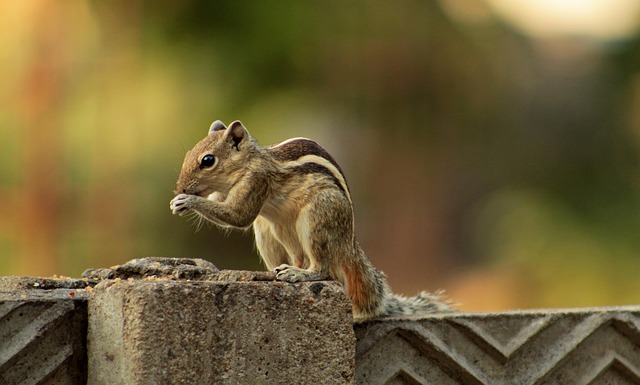
Overview of the Chapter
The chapter Poetry: The Squirrel is part of the CBSE English curriculum for Grade 7. It introduces students to a delightful poem that captures the playful and agile nature of a squirrel. Through vivid imagery and rhythmic language, the poem encourages students to observe and appreciate the beauty of nature and its creatures.
Key Theme: The poem highlights the squirrel's lively and mischievous behavior, portraying it as a charming creature of nature.
Summary of the Poem
The poem describes a squirrel with a question mark-shaped tail, playfully running around trees and collecting nuts. The poet uses simple yet expressive language to depict the squirrel's quick movements and its interaction with its surroundings. The rhythmic flow of the poem makes it engaging for young readers.
Literary Devices Used
- Imagery: The poet creates a vivid picture of the squirrel's appearance and actions.
- Personification: The squirrel is given human-like qualities, making it more relatable.
- Rhyme Scheme: The poem follows a consistent pattern, enhancing its musical quality.
Discussion Points
- How does the poet describe the squirrel's tail?
- What impression do you get about the squirrel's personality from the poem?
- Why do you think the poet chose to write about a squirrel?
Vocabulary: The poem introduces words like "question mark," "whiskers," and "frisky," which help in building descriptive language skills.
Activities
Students may be asked to:
- Draw a picture of the squirrel based on the poem's description.
- Write a short paragraph about another animal they find interesting.
- Recite the poem with proper rhythm and expression.
